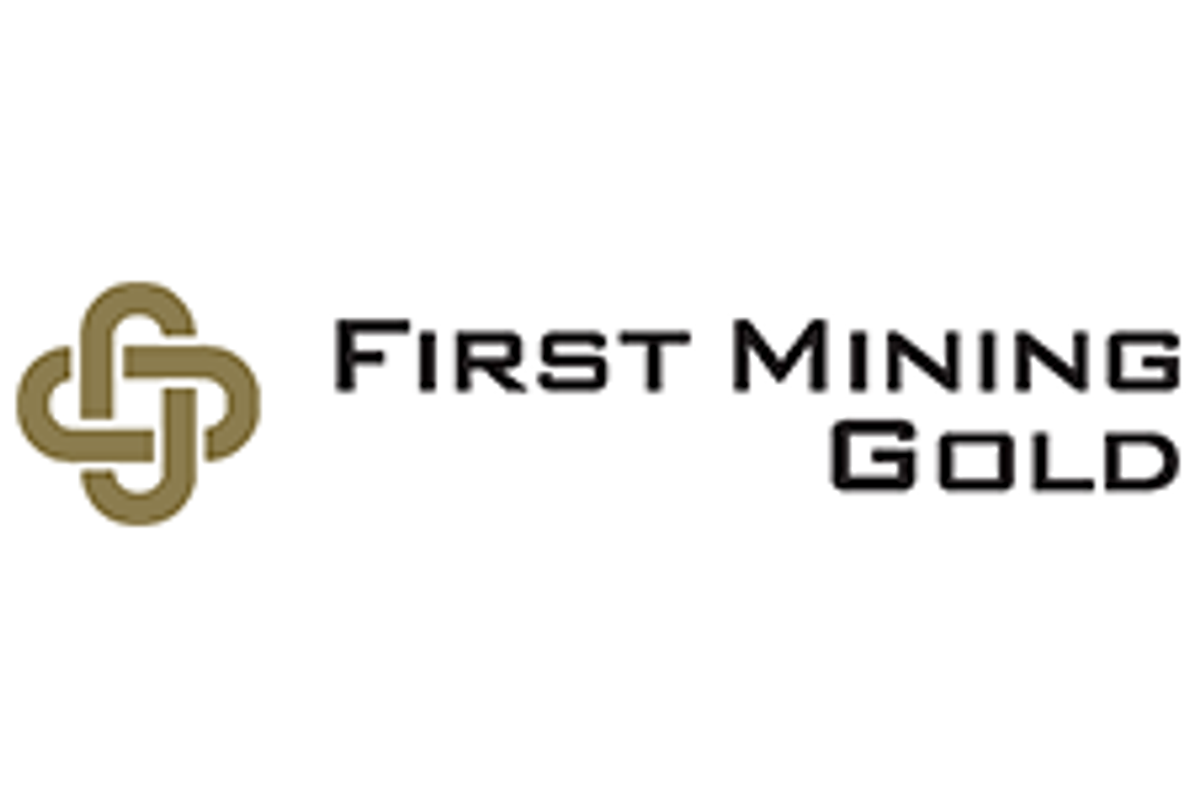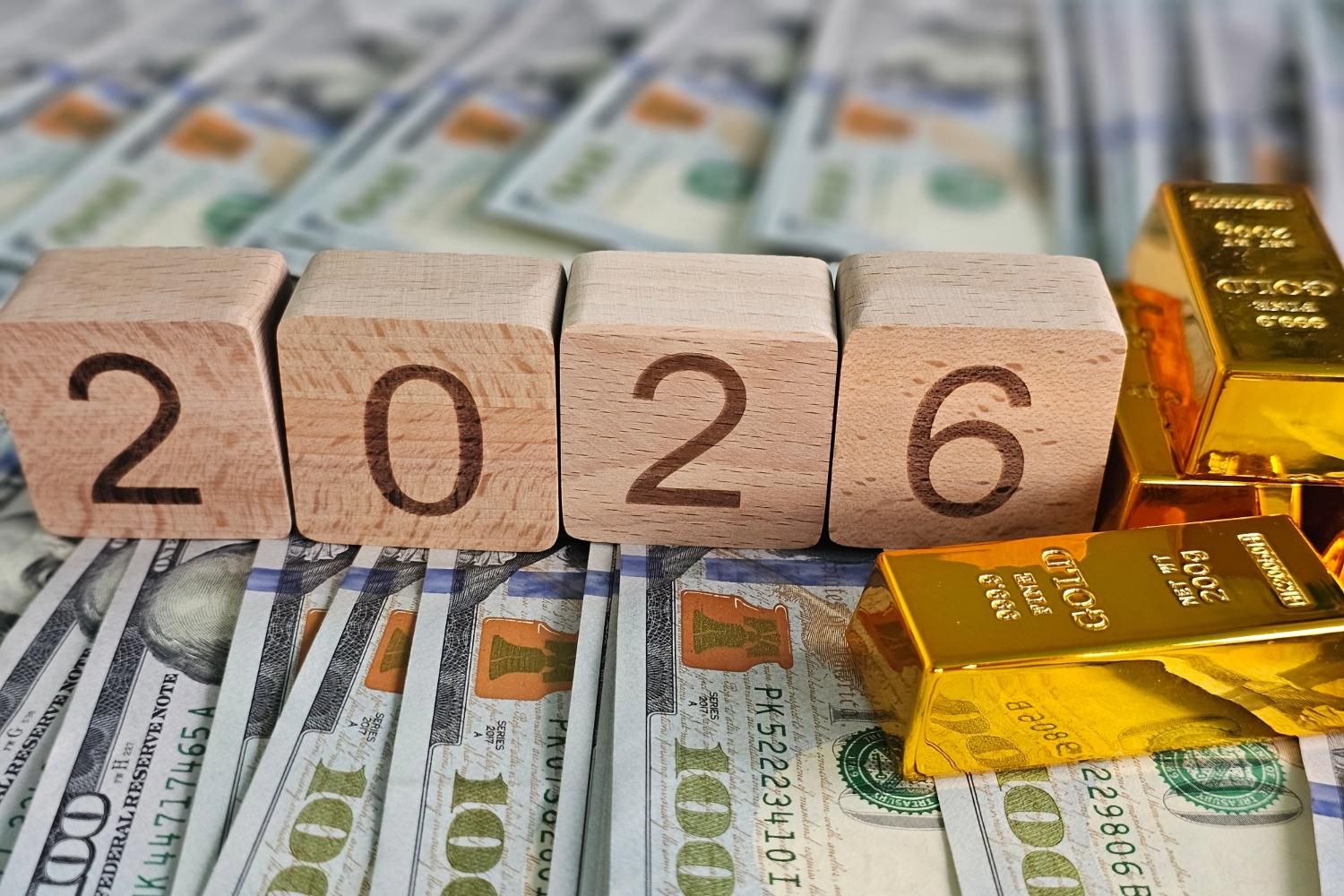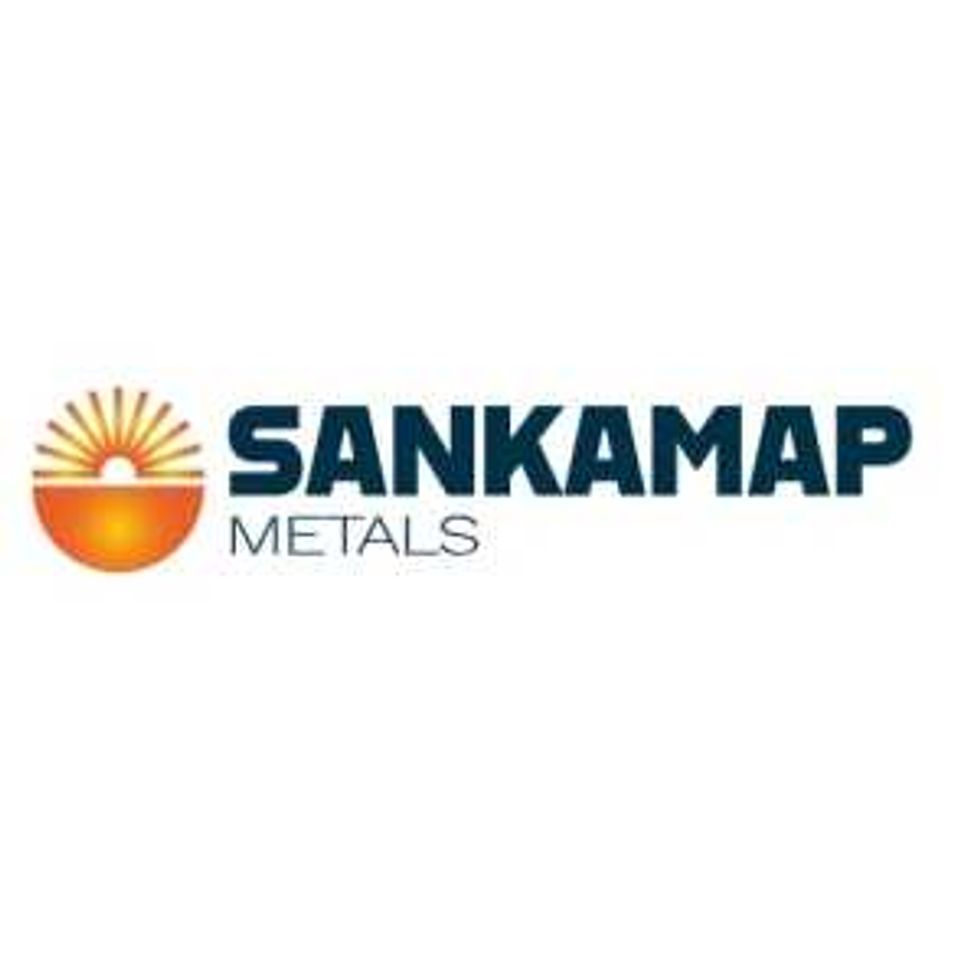
December 05, 2023
First Mining Gold Corp. ("First Mining" or the "Company") (TSX: FF) (OTCQX: FFMGF) (FRANKFURT: FMG) is pleased to announce the discovery of new gold occurrences confirmed from rock sampling assay results from its 2023 exploration program at its Birch-Uchi Greenstone Belt Project ("BUGB Project" or the "Project") located near its flagship Springpole Gold Project ("Springpole") in northwestern Ontario, Canada.
Exploration assay results have identified a new near-surface and high priority structural setting for gold mineralization approximately 375 metres from the recently drill tested Saddle target which returned 0.92 g/t Au over 114 m (see news release dated July 6, 2023). Rock samples assayed at the now-established Challenger target are encouraging, as highlighted by the discovery of two new mineralized occurrences approximately 60 m apart, where grab samples have returned gold values including 25.60 g/t Au, 7.10 g/t Au and 4.42 g/t Au (Figure 1). Further gold assays associated with the Challenger target now define an interpreted east-west trending gold mineralized shear structure over an approximately 60 m trend, which remains open both along strike and at depth. The Challenger target and recently tested Saddle target are located approximately 12 km southwest of Springpole.
"This discovery of a new zone of outcropping gold mineralization is a significant advancement in our regional exploration efforts for the Birch-Uchi Greenstone Belt project," stated Dan Wilton, CEO of First Mining. "Our ability to identify higher-grade gold mineralization only 375 metres from our successful drilling of the Saddle target demonstrates the strong potential for a significant gold endowment regionally. Challenger represents a strong opportunity to further grow the Saddle area exploration opportunity through additional field campaigns, strongly validating our exploration strategy and targeting methodology."
Challenger Target Highlights:
- Two newly discovered gold mineralization occurrences within 60 m of each other, with samples grading up to 25.60 g/t Au
- Close proximity to an expanding gold mineralization system (375 m NW of Saddle) identified in First Mining's 2023 winter drill program, where Saddle drilling returned 0.92 g/t Au over 114 m
- Employed geoscience systems approach to characterize the target geology, supporting additional exploration opportunities in close proximity to the Challenger and Saddle target areas
- BUGB Project is proving to be prospective with increasingly advanced and catalogued targets providing for future resource potential
Table 1: Selected Rock Grab Sample Assays from the Challenger Target
Sample ID | UTM (E) | UTM (N) | Au (g/t) | Target |
C261398 | 538281 | 5688632 | 25.60 | Challenger |
C261809 | 538231 | 5688633 | 7.10 | Challenger |
C261397 | 538283 | 5688630 | 4.42 | Challenger |
Note: Rock grab samples are selective in nature and may not be indicative of the true grade and style of mineralization on the property |
Challenger Target
The Challenger target is located approximately 12 km southwest of First Mining's Springpole Gold Project (see Figure 1), which hosts a NI 43-101 mineral resource totalling 4.6 million ounces of gold at 0.94 g/t Au in the Indicated category and 0.3 million ounces of gold at 0.54 g/t Au in the Inferred category*. The Challenger target is hosted within the BUGB project area, where locally a significantly deformed and mineralized granodiorite intrusive occurs in contact with clastic sedimentary turbidites and conglomerates. Mineralization is associated within an increased silica and carbonate altered and sheared structure over an exposed strike length of 60 metres, with high concentrations of multiphase quartz veining within a thick bedded turbidite sequence. The dominant sulphide mineralization is composed of pyrite and occurs as very fine-grained disseminations averaging an abundance of 1-5%. At least two generations of quartz veining are documented subparallel and orthogonal to the controlling structure and vary from 1 cm to 50 cm in scale. Mineralization appears to occur within geophysical resistivity low signatures interpreted to be large-scale folding within the clastic sedimentary lithology (Figure 2). The 2023 field results indicate that a high-grade mineralized structure exists along meaningful strike length and therefore warrants follow-up exploration.
* Details of the Springpole Gold Project mineral resource can be found in the technical report entitled "NI 43-101 Technical Report and Pre-Feasibility Study on the Springpole Gold Project, Ontario, Canada" which was prepared by AGP Mining Consultants Inc. in accordance with National Instrument 43-101 Standards of Disclosure for Mineral Projects ("NI 43-101") and has an effective date of January 20, 2021. |
Regional Exploration
The Saddle and Challenger target areas represent underexplored opportunities that have been subject to limited historical prospecting and geoscience programs of induced polarization (IP) and airborne magnetic geophysics, as well as diamond drilling completed in the 1980s. Since that time, further field-based exploration activities at these prospective areas have been limited. First Mining believes that a modern exploration approach inclusive of additional diamond drill testing is warranted.
In 2021, First Mining completed a focused field campaign that targeted regional gold occurrences including grab samples at Rice (7.54 g/t and 2.67 g/t), Green (1.79 g/t), and Exit and Trench Grid (4.8 g/t), that form a notable trend with the Saddle and Challenger target areas over a projected 1 km strike length. Opportunities for expanding the mineralization system and the potential for exploring within a related structural setting have elevated the regional prospectivity in advancing the area.
Exploration completed in First Mining's 2022 field campaigns further advanced geologic understanding of the area, with data collection supporting an integrated 3D exploration model. Surface grab sample results from the 2022 campaign returned assay results which vector towards a mineralization setting that includes several structures surrounding and proximal to an intrusive centre, with higher-grade grab samples found proximal to the contact of the sedimentary host rock and the felsic intrusive unit.
In 2022, the Company conducted additional airborne geophysical surveying that supported improved targeting resolution for exploration drilling. Through processing and interpretation, modelled shear zone(s) coincident with mineralization have been interpreted which has proved to be valuable in step-out exploration planning.
During the 2023 winter program, First Mining successfully completed 842 m of drilling in 5 exploration drill holes focused on the Saddle target (see news release dated July 6, 2023). Drilling was aimed at validating the newly developed 3D exploration model, underpinned by historical drilling and field-based data collection, as well as testing extensions along strike, at depth, and across an interpreted fault offset. The results from the 2023 winter drilling highlight robust intervals of consistent gold mineralization over significant widths including 0.92 g/t Au over 114 m and 0.75 g/t Au over 57.70 m (drill hole SAT23-001). The program has been successful in confirming the continuation of the mineralization envelope along the shear structure, opening up the exploration growth potential around the Saddle target which continues to demonstrate an evolving gold mineralization setting with advancing exploration.
2023 Summer Field Campaign
The 2023 summer field campaign for the Saddle area followed up on key geological features with a specific focus on geochemistry and geophysical signatures which have been interpreted to be related to Saddle gold mineralization. First Mining's exploration teams this year completed regional infill mapping transects and conducted prospecting in previously underexplored areas.
Through mapping and prospecting, 56 grab samples were taken across the area, of which 18 grab samples were taken in the Challenger target area, 46 outcrop stations were mapped, and 51 regional soil samples were collected.
Results of the Saddle target follow-up exploration program confirmed surface mineralization, shear structures and an alteration expression that is coincident with a series of resistivity low signatures. Regional transects were then conducted to the north of the Saddle target to further infill outcrop mapping as well as prospect a sub-parallel resistivity low trend which occurred proximal to an area of anomalous gold in historical soil samples (100 ppb Au). Investigation of the geoscience components led to the new discovery.
Initial assay results for samples from the Challenger target discovery returned 25.6 g/t Au and 4.42 g/t Au in rock grab assays along a regional transect, prompting further in-field mapping and sampling to better characterize and validate the relationship between mineralization, alteration and the resistivity low extending along trend. Assay results from the follow-up campaign further validated this signature at the Challenger target and established a 60 m strike extension between a 25.6 g/t Au and 7.1 g/t Au rock grab sample (Figure 2). On a regional scale, the Challenger as well as the Rice and Saddle targets are supportive of two favourable resistivity low expressions that average up to ~100 m in width, have a ~600 m estimated strike length and form a positive vector for follow-up exploration programs (Figure 3).
All assay results from the Challenger target grab sample program are reported below in Table 2 which includes sample location data.
"The Challenger target is an important new discovery for our exploration teams that is illustrative of the rewarding opportunities in a sustained and fundamental geoscience approach. We continue to demonstrate a growing exploration story in the renowned Red Lake Mining District that is proven to host large-scale, high value gold deposits," stated James Maxwell, VP Exploration at First Mining.
Table 2: Assay Results at the Challenger Target
Sample ID | UTM (E) | UTM (W) | Grade ( Au g/t) | Target |
C261397 | 538283 | 5688630 | 4.42 | Challenger |
C261398 | 538281 | 5688632 | 25.6 | Challenger |
C261801 | 538278 | 5688629 | 2.81 | Challenger |
C261802 | 538281 | 5688624 | 3.10 | Challenger |
C261803 | 538283 | 5688623 | 2.90 | Challenger |
C261804 | 538285 | 5688626 | 0.71 | Challenger |
C261806 | 538283 | 5688625 | 0.19 | Challenger |
C261807 | 538279 | 5688623 | 0.09 | Challenger |
C261808 | 538281 | 5688624 | 0.04 | Challenger |
C261809 | 538231 | 5688633 | 7.10 | Challenger |
C261810 | 538233 | 5688639 | 0.38 | Challenger |
C261811 | 538230 | 5688634 | 0.06 | Challenger |
C261812 | 538232 | 5688636 | 0.39 | Challenger |
C261813 | 538223 | 5688635 | 0.01 | Challenger |
C261814 | 538226 | 5688634 | 0.07 | Challenger |
C261816 | 538226 | 5688634 | 0.11 | Challenger |
C261817 | 538238 | 5688628 | 3.76 | Challenger |
C261818 | 538223 | 5688641 | 0.01 | Challenger |
About the Birch-Uchi Greenstone Belt
First Mining's BUGB Project hosts significant district-scale exploration leverage in forming part of a consolidated >70,000 hectare mineral tenure. The property and broader greenstone belt hosts historic production centres that are demonstrative of the strong gold endowment and an affinity for potential new discovery. First Mining's extensive BUGB property position is located within the Red Lake Mining District and is situated approximately 80 km east of the Red Lake Mines Complex of Evolution Mining, and 75 km northeast of Kinross Gold's Dixie Project (formerly owned by Great Bear Resources Ltd). Geology of the region is comprised of Archean Greenstone terranes that are endowed by significant gold mineralization inclusive of orogenic and alkaline intrusion-related deposit styles. Initial data compilation and validation to date has indicated that the region demonstrates an underexplored and previously fragmented exploration immaturity that is well levered to the Company's strategy of consolidation and district screening.
The BUGB hosts multiple gold mineralization styles throughout, which supports having a strong multi-discipline geoscience foundation that can be applied in an integrated and iterative targeting approach. Early targeting and vectoring elements highlight consolidated target opportunities surrounding the Springpole Project.
Analytical Laboratory and QA/QC Procedures
All sampling completed by First Mining within its exploration programs is subject to a Company standard of internal quality control and quality assurance (QA/QC) programs which include the insertion of certified reference materials, blank materials and a level of duplicate analysis. Grab samples from the 2023 field program were sent to AGAT Laboratories in Thunder Bay, Ontario, and Calgary, Alberta, where they were processed for gold analysis by 50 gram fire assay with an atomic absorption finish, and multi-element analysis (including silver) by inductively coupled plasma (ICP) method with a four acid digest. AGAT Laboratories systems conform to requirements of ISO/IEC Standard 17025 guidelines and meets assay requirements outlined for NI 43-101.
Qualified Person
Hazel Mullin, P.Geo., Director, Data Management and Technical Services of First Mining, is a "Qualified Person" for the purposes of NI 43-101 Standards of Disclosure for Mineral Projects, and she has reviewed and approved the scientific and technical disclosure contained in this news release.
About First Mining Gold Corp.
First Mining is a gold developer advancing two of the largest gold projects in Canada, the Springpole Gold Project in northwestern Ontario, where we have commenced a Feasibility Study and permitting activities are on-going with a draft Environmental Impact Statement ("EIS") for the project published in June 2022, and the Duparquet Project in Quebec, a PEA stage development project located on the Destor-Porcupine Fault Zone in the prolific Abitibi region. First Mining also owns the Cameron Gold Project in Ontario and a portfolio of gold project interests including the Pickle Crow Gold Project (being advanced in partnership with Auteco Minerals Ltd.), the Hope Brook Gold Project (being advanced in partnership with Big Ridge Gold Corp.), and a large equity interest in Treasury Metals Inc.
First Mining was established in 2015 by Mr. Keith Neumeyer, founding President and CEO of First Majestic Silver Corp.
ON BEHALF OF FIRST MINING GOLD CORP.
Daniel W. Wilton
Chief Executive Officer and Director
Cautionary Note Regarding Forward-Looking Statements
This news release includes certain "forward-looking information" and "forward-looking statements" (collectively "forward-looking statements") within the meaning of applicable Canadian and United States securities legislation including the United States Private Securities Litigation Reform Act of 1995. These forward-looking statements are made as of the date of this news release. Forward-looking statements are frequently, but not always, identified by words such as "expects", "anticipates", "believes", "plans", "projects", "intends", "estimates", "envisages", "potential", "possible", "strategy", "goals", "opportunities", "objectives", or variations thereof or stating that certain actions, events or results "may", "could", "would", "might" or "will" be taken, occur or be achieved, or the negative of any of these terms and similar expressions.
Forward-looking statements in this news release relate to future events or future performance and reflect current estimates, predictions, expectations or beliefs regarding future events. All forward-looking statements are based on First Mining's or its consultants' current beliefs as well as various assumptions made by them and information currently available to them. There can be no assurance that such statements will prove to be accurate, and actual results and future events could differ materially from those anticipated in such statements. Forward-looking statements reflect the beliefs, opinions and projections on the date the statements are made and are based upon a number of assumptions and estimates that, while considered reasonable by the respective parties, are inherently subject to significant business, economic, competitive, political and social uncertainties and contingencies. Such factors include, without limitation the Company's business, operations and financial condition potentially being materially adversely affected by the outbreak of epidemics, pandemics or other health crises, such as COVID-19, and by reactions by government and private actors to such outbreaks; risks to employee health and safety as a result of the outbreak of epidemics, pandemics or other health crises, such as COVID-19, that may result in a slowdown or temporary suspension of operations at some or all of the Company's mineral properties as well as its head office; fluctuations in the spot and forward price of gold, silver, base metals or certain other commodities; fluctuations in the currency markets (such as the Canadian dollar versus the U.S. dollar); changes in national and local government, legislation, taxation, controls, regulations and political or economic developments; risks and hazards associated with the business of mineral exploration, development and mining (including environmental hazards, industrial accidents, unusual or unexpected formations, pressures, cave-ins and flooding); the presence of laws and regulations that may impose restrictions on mining; employee relations; relationships with and claims by local communities, indigenous populations and other stakeholders; availability and increasing costs associated with mining inputs and labour; the speculative nature of mineral exploration and development; title to properties; and the additional risks described in the Company's Annual Information Form for the year ended December 31, 2022 filed with the Canadian securities regulatory authorities under the Company's SEDAR+ profile at www.sedarplus.ca, and in the Company's Annual Report on Form 40-F filed with the SEC on EDGAR.
First Mining cautions that the foregoing list of factors that may affect future results is not exhaustive. When relying on our forward-looking statements to make decisions with respect to First Mining, investors and others should carefully consider the foregoing factors and other uncertainties and potential events. First Mining does not undertake to update any forward-looking statement, whether written or oral, that may be made from time to time by the Company or on our behalf, except as required by law.
Cautionary Note to United States Investors
The Company is a "foreign private issuer" as defined in Rule 3b-4 under the United States Securities Exchange Act of 1934, as amended, and is eligible to rely upon the Canada-U.S. Multi-Jurisdictional Disclosure System, and is therefore permitted to prepare the technical information contained herein in accordance with the requirements of the securities laws in effect in Canada, which differ from the requirements of the securities laws currently in effect in the United States. Accordingly, information concerning mineral deposits set forth herein may not be comparable with information made public by companies that report in accordance with U.S. standards.
Technical disclosure contained in this news release has not been prepared in accordance with the requirements of United States securities laws and uses terms that comply with reporting standards in Canada with certain estimates prepared in accordance with NI 43-101.
NI 43-101 is a rule developed by the Canadian Securities Administrators that establishes standards for all public disclosure an issuer makes of scientific and technical information concerning the issuer's material mineral projects.
FF:CA
The Conversation (0)
8h
Gold Price Forecast: Top Trends for Gold in 2026
Gold has reached once-unthinkable prices in 2025, gaining over 60 percent by early December. Looking ahead to 2026, experts believe the major themes that carried the gold price to new heights this year will continue to underwrite its trajectory in the months ahead, boosting the metal even... Keep Reading...
9h
US Capital Gains Tax Guide for Gold and Silver Investors
As gold and silver continue to prove their worth as sound investments, market participants should know how capital gains taxes are calculated for precious metals investments in the US. While the majority of gold and silver investing comes with a certain degree of taxation, there are different... Keep Reading...
20h
Cassiar Gold Drills 13.53 g/t Gold over 13.4 Meters from 28.2 Meters Downhole, Including 210.71 g/t Gold over 0.8 m with 369.00 g/t Gold over 0.4 Meters from 39.8 m Downhole, Extends Higher-Grade Domains at the Taurus Deposit
Cassiar Gold Corp. (TSXV: GLDC,OTC:CGLCF) (OTCQX: CGLCF) (the "Company") is pleased to announce results from nine initial diamond drill holes of the 2025 exploration program at the Taurus Deposit, which is located within the Cassiar Gold Project, in northern British Columbia. Results from these... Keep Reading...
02 December
Keith Weiner: Gold, Silver Drivers Intact, What to Watch in 2026
Keith Weiner, founder and CEO of Monetary Metals, shares his gold and silver outlook. In his view, all of their drivers remain intact, meaning that current trends are likely to continue in 2026. "I don't think you're going to go wrong with either," Weiner said.Don’t forget to follow us... Keep Reading...
Latest News
Latest Press Releases
Related News
TOP STOCKS
American Battery4.030.24
Aion Therapeutic0.10-0.01
Cybin Corp2.140.00





